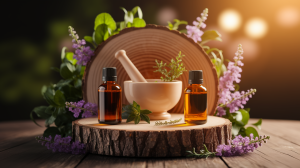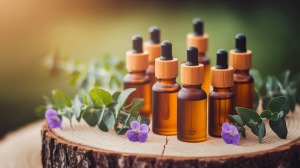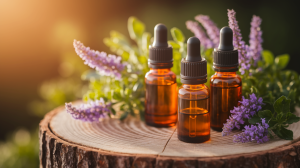Oil Up Your Acid Mantle
There’s a certain magic to the skin’s acid mantle — that invisible shield of sebum, sweat, and free fatty acids quietly standing guard against all the little troublemakers out there. Keeping it in shape feels like tending to a well-loved garden. One wrong move, and the weeds take over; one thoughtful touch, and it thrives. I’ve seen how a carefully chosen essential oil blend can coax that protective layer back into balance, giving the skin a resilient, healthy glow. It’s subtle, yet the difference can make you do a double-take in the mirror.

Understanding Your Skin’s pH Playground
Skin doesn’t live in a rigid, unchanging state — it’s a whole playground of pH levels, shifting throughout the day. Most healthy skin hangs out around 5.5, slightly acidic, which is perfect for keeping the acid mantle intact and the skin microbiome happy. When something tips that scale—too much alkaline from the wrong cleanser, or a harsh scrub—it’s like a seesaw suddenly slammed to one side. Dryness, redness, or even breakouts start showing up. That’s why knowing your skin’s pH nature is like having the map to its comfort zone.
Essential Oils 101: pH-Friendly Allies
Essential oils aren’t just pretty-smelling little luxuries; they can be strong allies in keeping skin pH balanced when used wisely. Oils with antimicrobial properties help control the bacteria that thrive when pH runs wild, while anti-inflammatory oils calm irritation and help the skin’s barrier rebuild its composure. According to a review of essential oils’ pharmacological activities, compounds like citronellol and geraniol found in geranium oil actively reduce inflammation, which supports barrier function — especially important if pH imbalance has left the skin feeling tender.
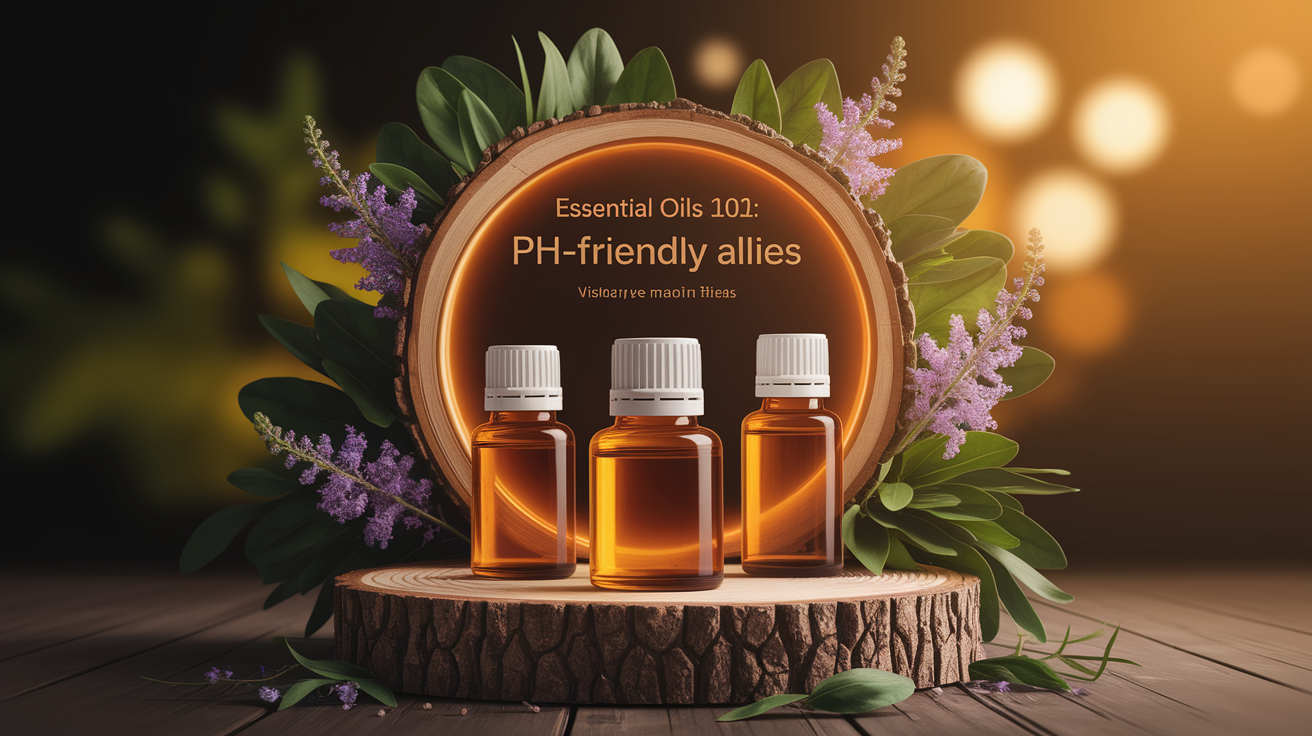
Top Essential Oils for pH Balance
Some oils just seem to click with the skin’s needs for pH harmony. Here are the ones I’ve seen work wonders:
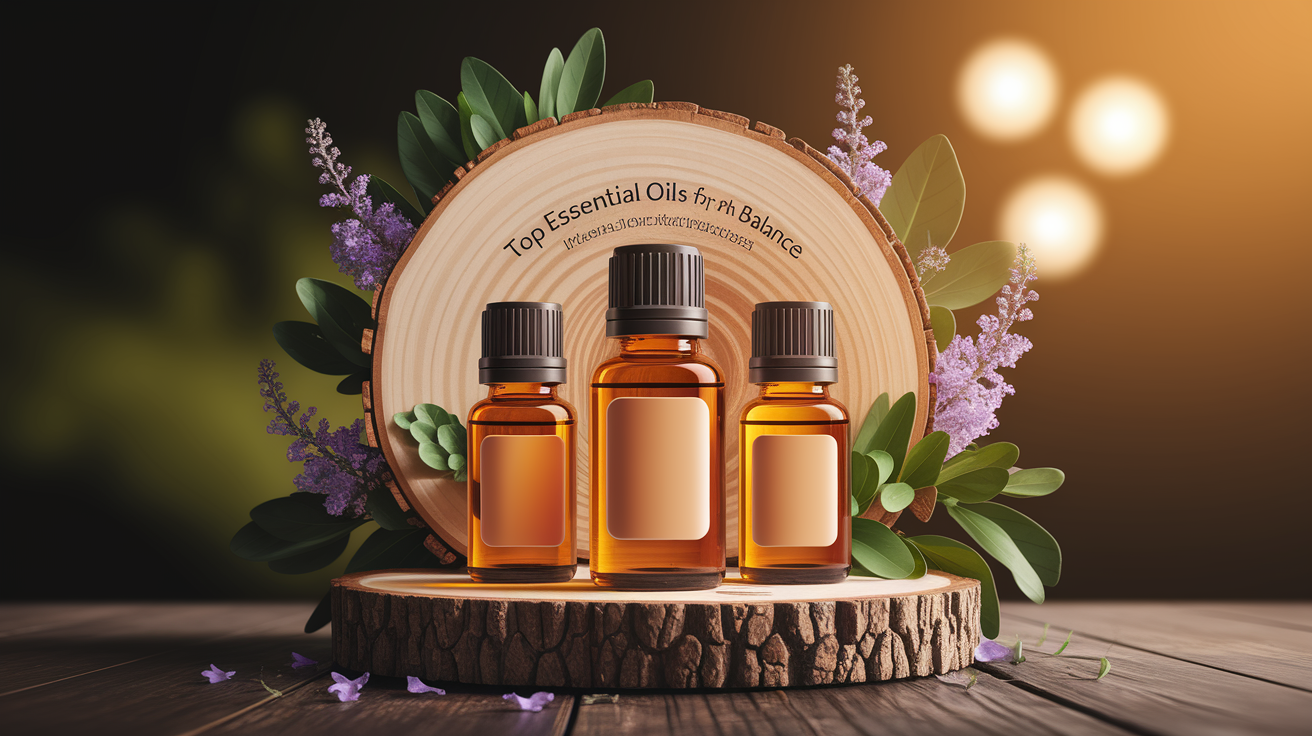
- Geranium Essential Oil: Fantastic anti-inflammatory qualities, helps restore skin’s calm.
- Lavender Essential Oil: Gentle, soothing, and friendly for sensitive skin.
- Tea Tree Essential Oil: Potent antimicrobial properties to keep rogue bacteria in check.
- Roman Chamomile Essential Oil: A comfort blanket for irritated, pH-distressed skin.
- Frankincense Essential Oil: Rejuvenating and supportive of barrier function.
The key is not only picking the right oil but making sure that oil plays well with your particular skin type — oily, dry, or somewhere in between.
Safe Usage to Protect Your Acid Mantle
This is where the restraint comes in. Essential oils are powerful natural concentrates; slap them on straight and you could end up sending your acid mantle into panic mode. Always work with a proper dilution ratio — usually just a few drops of essential oil to a tablespoon of carrier oil, like jojoba or sweet almond. That keeps their benefits intact without bulldozing the skin’s delicate chemistry. Patch testing is a must for sensitive types; one small dab can save you from a full-face mishap.

Skincare Routine Tweaks for pH Harmony
Even the most pH-friendly oil can’t work miracles if the rest of your routine is sabotaging the acid mantle. Choose cleansers with a slightly acidic pH (around 5.5–6.5) so they clean without stripping protective oils — steering clear of anything overly alkaline is critical for avoiding the dreaded “tight” feeling after washing. According to dermatology experts, lukewarm water is gentler than hot, which can pull away natural oils faster than you’d expect. Pair oils with moisturizers close to your natural skin pH and exfoliate using AHAs or BHAs that work in sync with acidity rather than fight it. This way, the oils aren’t left fighting against harsh product choices.

Sealing the Deal on pH Harmony
Getting the skin’s pH back to that sweet spot isn’t about one magic product — it’s about creating an environment where the acid mantle can do its job without interference. Essential oils, used with care and respect, can help tip things right back into balance, especially alongside thoughtful cleansing, moisturizing, and gentle habits. And when it all clicks together? That’s the moment you realize your skin isn’t just looking better — it’s feeling better, holding its own with healthy resilience you can sense every time you touch it.









